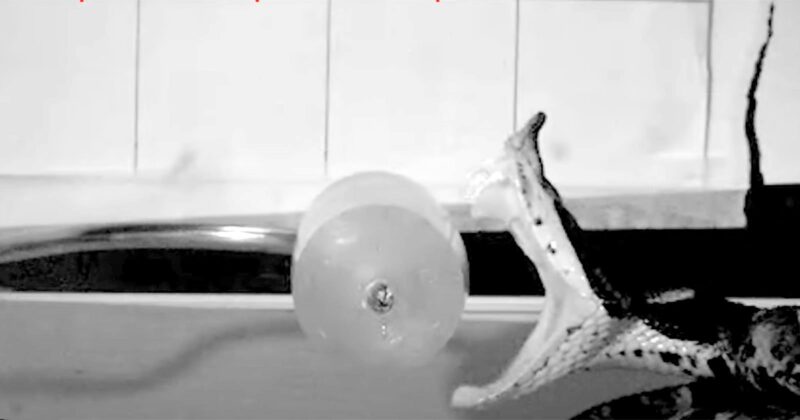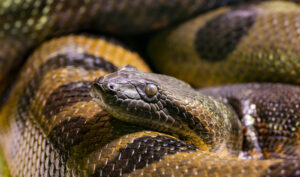There are approximately 600 species of venomous snakes on Earth, and to the untrained eye, most of their strikes appear similar — a flash of movement as the snake lunges forward. But in reality, different species have evolved distinct fang positions, strike speeds, and venom-delivery techniques. Now, scientists have captured these rapid attacks in stunning slow motion, allowing them to determine exactly what happens when a snake strikes.
A typical snake strike lasts less than 100 milliseconds, far too quick for the human eye to perceive. Using two high-speed cameras recording at 1,000 frames per second, researchers have now filmed bites in extraordinary detail. The study analyzed 36 species of venomous snakes from three families to understand how each one delivers its venom. The three families are the vipers, elapids (including cobras and mambas), and colubrids (a diverse group that includes both non-venomous species and deadly species like the boomslang).
Better technology
The idea of using high-speed cameras to study snake strikes isn’t new. Researchers have been doing it since the 1950s. But advances in technology now allow much higher resolution and detail. Most previous studies have only used a single side-view camera and focused on differences within a single species, such as the differences in bites when it serves as a defense mechanism compared to biting prey. The new study compares snake strikes between species.
All 36 species were filmed under identical conditions. Inside a small arena, snakes were presented with a warm cylinder of medical gel. Heated to 38˚C, it closely resembles the temperature and texture of mammalian tissue. Each strike was captured using two cameras. Using the frames from both cameras, the team reconstructed each strike in 3D. This meant they could measure jaw movement, strike speed, and how the fangs functioned for each species. In total, the researchers recorded 108 high-speed videos, three per species.
Cobras strike the most slowly
Elapids struck the slowest. That’s not surprising, considering how mongooses can prey on cobras, nimbly evading their strikes, but are helpless against the much faster rattlesnakes, tests have shown. Elapids typically slithered close to their target before lunging, using short, permanently erect fangs. Rather than delivering a single fatal blow, elapids often bite multiple times, tensing their jaw muscles to inject venom during each bite.
In contrast, colubrids have fangs positioned farther back in their mouths. They tended to lunge from slightly farther away and deliver a single, forceful bite. Instead of multiple strikes, colubrids used a sawing or rotating jaw motion to deepen the wound and deliver more venom.
“Once they’re biting down, they saw or rotate their jaws and cut into the prey, which presumably gives better penetration of the venom,” explains co-author Alastair Evans.
The fastest strikers were the vipers. In 84% of viper strikes, the snakes sank their fangs into the gel in less than 90 milliseconds. This is faster than the reaction time of nearly all the mammals they prey on. Vipers also have the longest fangs, and the fangs are hinged.
“When the snake is about to hit its prey, the vipers are actually able to fold out their fangs,” Evans told Science Alert. He also explained that many vipers could adjust the position of their fangs after the initial bite to optimize venom delivery.






